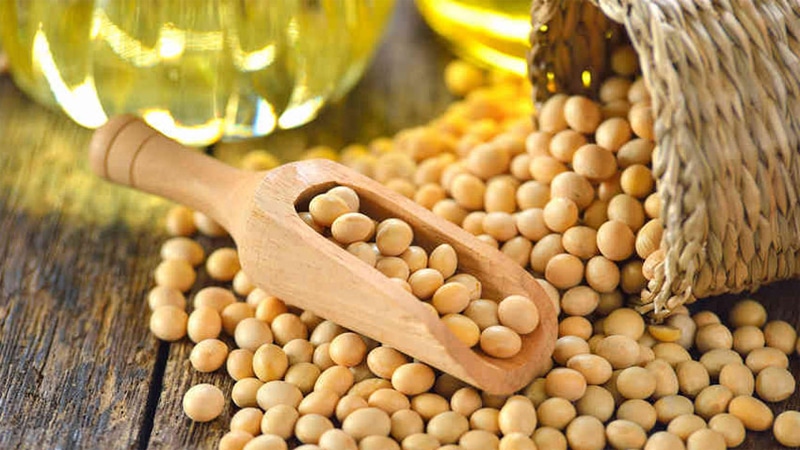Image Source: 3d natives
All of us are aware of 3D printing technology and the materials used in it. Some of them are nylon, metal, thermoplastics, resin, steel, polycarbonates, nickel, bio-ink, magnesium alloy, etc. But we are not aware of the new material which is used in 3D printing. Recently researchers at the University of Louisville (UofL) Conn Center for Renewable Energy Research and Department of Mechanical Engineering, have transformed soybean shells into 3D printing material. Using the waste from soybeans they were able to create materials for 3D printing. This project received $350,000 from the United Soybean Board.
United States, Brazil and Argentina produce almost 80% of the world’s soybeans, i.e more than 215 million tons per year. There is a lot of wastage produced from soybeans every year, so the researchers thought of re-using it. They came up with the idea of producing 3D printing material with that waste. So more and more companies are coming forward in order to promote the concept of circular economy.
In technical terms scientists will transform the biomass of the soybean hull into xylose, a low-calorie sugar suitable for diabetics. Once this substance is extracted they will be used in the development of composite 3D printing material. Mahendra Sunkara, director of the Conn Center, explains “Agriculture and agricultural processing are keys to economic development and employment in the US. Xylose separation and the use of soy hull fibers for natural fiber composites are potent opportunities for addressing worldwide farming economics, nutrition issues and material needs from a renewable source.”
These fibers could replace the carbon or glass which is used in additive manufacturing industry, to reduce the overall weight of the part. So they develop a method to recover the fibers and produces 3D printing filaments.
